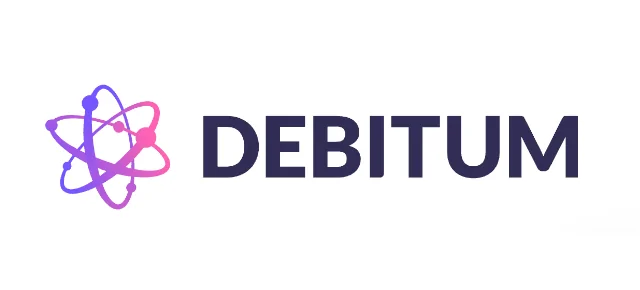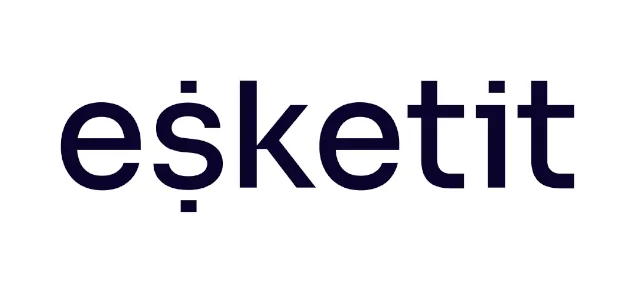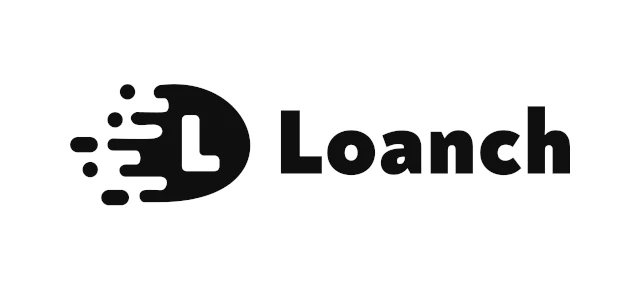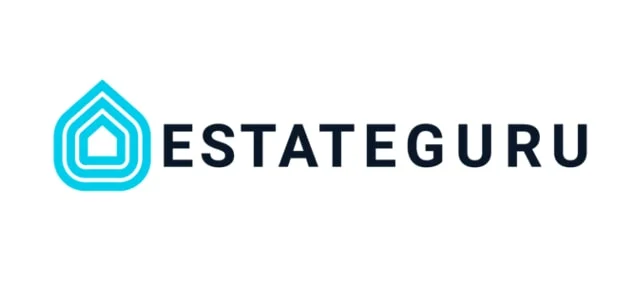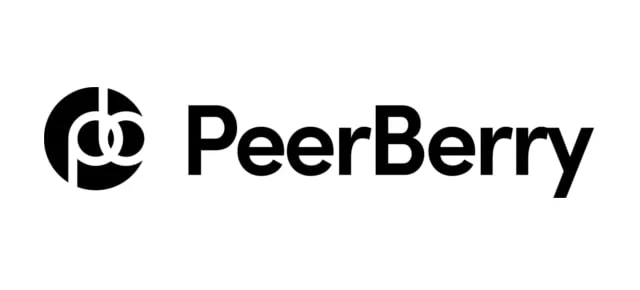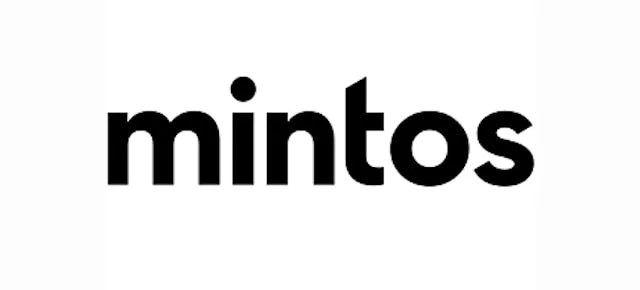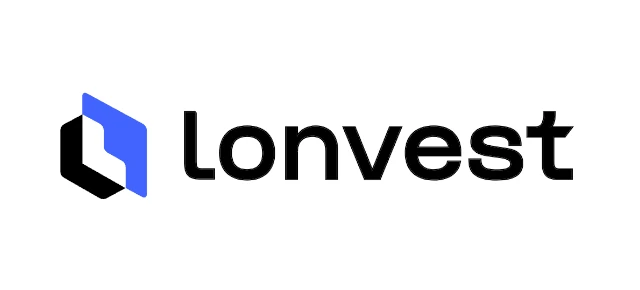10 Best European P2P lending apps in 2024
Want to invest in loans? Here are the best P2P lending apps in Europe to invest with:

Avg. return:
~14.82%
Available:
Europe
Launched:
2022
Minimum:
€10
Auto-invest:
Yes
Sec. market:
No
Protection:
Buyback
Bonus:
+0.5%
Or see our:
Hive5 review

Avg. return:
~14.83%
Available:
Worldwide
Launched:
2018
Minimum:
€10
Auto-invest:
Yes
Sec. market:
No
Protection:
Buyback
Bonus:
+ 1%
Or see our:
Debitum review

Avg. return:
~12.35%
Available:
Europe
Launched:
2020
Minimum:
€10
Auto-invest:
Yes
Sec. market:
Yes
Protection:
Buyback
Bonus:
+1%
Or see our:
Esketit review

Avg. return:
~13.50%
Available:
Europe
Launched:
2022
Minimum:
€10
Auto-invest:
Yes
Sec. market:
No
Protection:
Buyback
Bonus:
+1%
Or see our:
Loanch review

Avg. return:
~15.64%
Available:
Most places
Launched:
2019
Minimum:
€10
Auto-invest:
Yes
Sec. market:
No
Protection:
Buyback
Bonus:
+1%
Or see our:
Lendermarket review

Avg. return:
~10.54%
Available:
Most places
Launched:
2014
Minimum:
€50
Auto-invest:
Yes
Sec. market:
Yes
Protection:
Mortgage
Bonus:
+0.5%
Or see our:
EstateGuru review

Avg. return:
~11.18%
Available:
Europe
Launched:
2017
Minimum:
€10
Auto-invest:
Yes
Sec. market:
No
Protection:
Buyback
Bonus:
+0-1%
Or see our:
PeerBerry review

Avg. return:
~11.47%
Available:
World (÷USA)
Launched:
2015
Minimum:
€10
Auto-invest:
Yes
Sec. market:
Yes
Protection:
Buyback
Bonus:
No
Or see our:
Mintos review

Avg. return:
~10.56%
Available:
Europe
Launched:
2023
Minimum:
€10
Auto-invest:
Yes
Sec. market:
No
Protection:
Buyback
Bonus:
+1%
Or see our:
Lonvest review

Avg. return:
~14.70%
Available:
Europe
Launched:
2023
Minimum:
€50
Auto-invest:
No
Sec. market:
No
Protection:
Multiple
Bonus:
+1.5%
Or see our:
Maclear review
At P2PPlatforms.com, we strive to list only the absolute best companies in the P2P industry. Where appropriate, we also feature our partners. This doesn’t influence our evaluations. All opinions are our own.
Best Peer-to-Peer lending apps for investors in 2023
Are you looking for the best Peer-to-Peer lending app to invest with? Here are some of the best P2P lending apps for investors.
Best P2P lending apps for investors:
- Hive5
- Debitum
- Esketit
- Reinvest24
- Lendermarket
- EstateGuru
- PeerBerry
- Mintos
- AxiaFunder
- HeavyFinance
Some of the P2P lending apps are only available in Europe, while others are available worldwide. You can find our top picks on the list on this page. Here you can learn more about the availability of each app.
The rankings are based on various ratings, platform features, the longevity of the platform, average return, ownership, and many other factors.
What is a Peer-to-Peer lending app?
A Peer-to-Peer (P2P) lending app is a mobile application that makes it possible for people to lend money to individuals and/or businesses.
- Investors benefit from getting high returns from the interest payments on the loans
- Borrowers benefit from gaining access to more and faster financing options
- Lending companies benefit from gaining more liquidity to lend out and by charging fees
Compared to a savings account, investing via a P2P lending app is much riskier.
How do P2P lending apps work?
P2P lending apps work just like any other online platform. You can register, log in, and look for potential borrowers.
There are many business models in Peer-to-Peer lending. Still, most P2P lending apps work in a similar manner.
P2P lending apps work like this:
- A borrower applies for a loan
- If accepted, a loan is issued by a lending company
- The lending company lists the loan on a P2P lending app
- You can invest in loans on the app and receive interest
- The lending company benefits from fees and liquidity
A win-win situation is created between investors, borrowers, and the lending company.
Everything operates through an online platform, so there isn’t really a need for face-to-face interaction. This makes the lending process quite efficient.
3 types of Peer-to-Peer lending apps for investors
Peer-to-peer lending can be used to finance almost anything. Here are different types of Peer-to-Peer lending apps.
1. P2P lending apps for personal loans
One of the most popular types of P2P loans is personal loans.
This means that you will find numerous P2P lending apps that are focused on loans to ordinary people.
These loans are used to finance medical bills, home improvements, debt consolidation, car purchases, and more.
2. P2P lending apps for business loans
P2P loans are frequently used by small enterprises to launch or expand their operations. These loans might be used to launch new products, fund marketing campaigns, or grow the company by adding more staff.
Peer-to-peer lending apps give businesses the opportunity to present their loan requests to numerous investors at once. This makes it easier for businesses to get financing.
One of the most popular categories of business loans is real estate financing.
3. P2P lending apps for multiple loan types
Some P2P lending apps don’t specialize in one loan type. Instead, they aggregate loans from multiple sources.
This makes it possible for investors to diversify their investments without the need to use multiple crowdlending platforms.
What are the benefits of P2P lending apps for investors?
For investors, there are numerous advantages you can benefit from by using a Peer-to-Peer lending app for investing. Here are some of the advantages:
1. High returns
By using Peer-to-Peer lending apps for investors you can benefit from a high return.
This is due to the fact that P2P lending offers high returns compared to a lot of other asset classes. The high returns are not for all investors, as they come with similar risks.
Always remember that high returns equal high risks.
2. Diversification
When running an investment portfolio, diversification is important. Here P2P lending can offer a way of diversifying your portfolio a bit.
Even though Peer-to-Peer lending can be used for diversifying your investments, the asset class is still correlated to the overall market, which means you will probably experience more defaults on loans at the same time as your stocks are falling.
3. Predictable returns
Compared to stocks, cryptocurrencies, commodities, and other investments, the return on P2P lending apps is quite predictable in stable periods.
This is due to the fact that P2P loans share similarities with bonds.
Before you invest in any P2P loan, you will be able to see the expected return on the loan. All loans also come with a repayment schedule. Of course loan default, is one of the risks that are worth considering before using a Peer-to-Peer lending app.
What are the risks of P2P lending apps for investors?
Even though you can earn a high return with this asset class, there are some substantial risks to consider. Let’s take a look at some of the risks of using a P2P lending app:
1. Credit risk
When investing via a Peer-to-Peer lending app, there is a risk that the borrower will not be able to repay his loan. If that happens, the borrower will stop paying off the loan and thus default on his loan.
If the borrower defaults, you risk losing the money you have invested. This is called credit risk.
2. Platform risk
When you invest your money through P2P lending platforms, there is a risk that the platform will go bankrupt. This is known as platform risk.
In the event that a P2P lending platform goes bankrupt, you risk not having access to your invested money for a long time.
3. Loan originator risk
Many loan-based crowdfunding platforms don’t manage the loans themselves. They online provide a platform and let the loan companies manage the loans.
Often loan companies offer a buyback guarantee on the P2P loans that you can invest in on the platform. But in the event that the loan company goes bankrupt, the repurchase guarantee will not do much and you, therefore, risk losing your money.
This is due to the fact that the claim is against the loan company and not the platform itself in case things go south.
4. Liquidity risk
Many Peer-to-Peer lending apps allow you to sell your loans before they expire.
In some cases, you can sell the loans directly back to the platform. In other cases, you can sell them to other investors through a secondary market.
Although there is a secondary market on the app, it can take a long time before you can sell your loan. This is called liquidity risk.
The risk of a lack of liquidity is that your money may be tied up on the platform for a longer time than you expect. This is especially a problem if you need to use the money or find other good investment opportunities.
5. Cash drag
If there are not enough loans to invest in on the Peer-to-Peer lending app, then you risk that your money is sitting in cash waiting to be invested. This is called cash drag.
Cash drag is not the most important risk, as it simply reduces your yield. However, it is still worth keeping an eye on.
How to choose the best P2P lending app?
If you want to get started investing via P2P lending apps, there are a lot of different criteria to consider.
Here is a checklist of significant decision criteria:
- Expected return: As an investor, you will always want to know the expected return on a Peer-to-Peer lending app. To decide the best P2P lending app for your needs, you must consider whether or not the risk-adjusted return of an app suits your goals.
- Investor protection: You should always consider the investor protection of an app. Is there a buyback guarantee or other protections on the loans? If so, who will have to pay you? And in what circumstances will they be unable to pay?
- Transparency: It is very important that you investigate the transparency of the app. A P2P lending app that hides stuff is a huge red flag.
- Track record: Simply put, a platform that has been around for a while and has received good feedback from investors is more reliable than one that just launched this year.
- Loan types: Some P2P lending apps only give you access to specific loan types, while other apps make it possible to invest in multiple loan types. Each loan type comes with its own set of risks.
- Availability of loans: There is nothing more frustrating than signing up on a platform only to find no loans to invest in. Make sure that there are plenty of investment opportunities on the platform by checking the website and customer reviews.
- Secondary market: Most investors want the flexibility to leave a P2P lending app if their investment goals change. Make sure to check if the platform has a secondary market
- Customer support: The best Peer-to-Peer lending apps have customer support to help you when you need it. Consider the ways of reaching them before you sign up.
- Online reviews: Are there any legitimate reviews about the P2P lending app? Review sites like TrustPilot allow you to read evaluations left by actual customers and observe how the site handles issues.
- Auto-invest: We live increasingly busy lives. Therefore, an auto-invest tool can be very useful to automate your investments and earn more passive income.
- Fees: The fee structure of Peer-to-Peer lending apps can vary greatly. Some platforms give a lower return, but don’t charge fees for anything. Other platforms charge for nearly every interaction.
The list is not exhaustive. But it can be a starting point for your due diligence and assist you in selecting the best P2P lending apps for your needs.
How to invest via Peer-to-Peer lending apps?
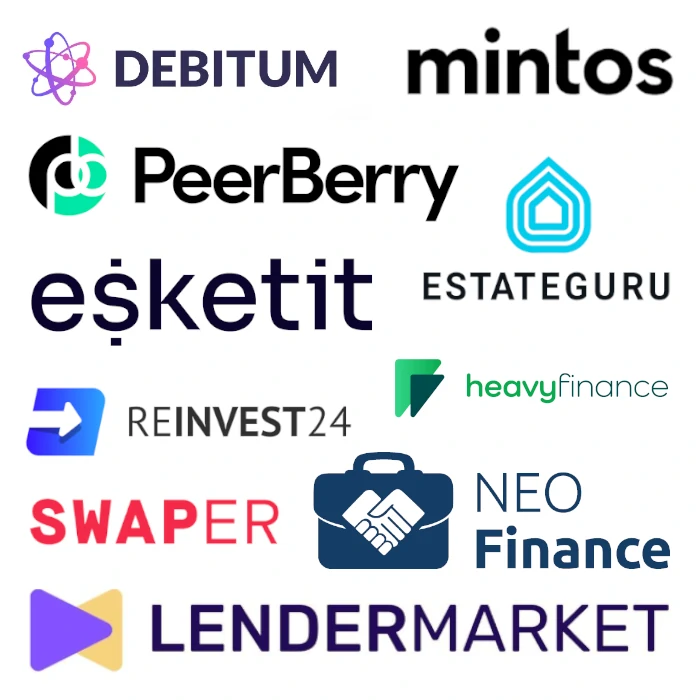
Most of the Peer-to-Peer lending apps in Europe work in the same way. Here are the typical steps for signing up and using a P2P lending app as an investor:
1. Find the best P2P lending app
If you want to get started with Peer-to-Peer lending, you must find the best P2P lending app for your needs.
This step is one of the most crucial when you want to get started investing in loans, as the app will affect both your return and risk.
You can use the overview on this page to find the best P2P lending apps in Europe.
2. Create an account
When you have found the best P2P lending app for your needs, you will have to create an account.
During registration, you will be required to enter information, including your name, email, and phone number.
If you run a company, it is possible to sign up with your business as well on most Peer-to-Peer lending apps.
3. Verify your identity
Due to legal requirements and KYC, the Peer-to-Peer lending apps will have to verify your identity.
This typically requires you to submit photos of yourself and your passport.
Most P2P lending apps have streamlined this process a lot. But it can take a few days to get completely verified and ready to invest.
4. Deposit money to invest
After verifying your identity, it is time to deposit money onto the P2P lending app.
Before you do so, you must decide how much you want to invest.
A lot of investors start out small to test the app. This is possible as the minimum investment on most P2P lending apps is very low. Later you can then evaluate if you want to invest more.
Never deposit money to an investment app if you expect to use it soon. And never invest your entire portfolio in Peer-to-Peer lending.
5. Start investing in loans via the app
When you have deposited money on the P2P lending app, it is now time to start investing in loans.
Before you invest in loans or projects you need to be aware that the return on an investment opportunity reflects the risk you are running. It might be a better idea to look at the risk rating before you look at the return.
Most P2P lending apps have an auto-invest tool that makes it possible to automate your investments and let the platform work for you. Consider using this to save a lot of time selecting loans.
Tips for investors
Some tips can make your investment journey safer and more profitable. The following are some of the things that are recommended for all investors:
- Only invest funds you can afford to lose: As with any other form of investment, you should only invest with money you can afford to lose. Don’t invest with money you need for rent and food. And definitely don’t take out loans to invest.
- Invest via multiple P2P lending apps: Since some European P2P lending apps have failed in the past, it is a good idea to invest via multiple Peer-to-Peer lending apps instead of just going for one.
- Diversify between more loans: Even if you find the best P2P lending app in the world, it is a good idea to invest in a lot of different loans. You should do this to minimize the loan default risk.
- Be aware of guarantees: A lot of P2P lending apps are offering a buyback guarantee on loans. This guarantee is typically issued by lending companies. It obligates the lending company to buy back the loan or claim right from the investor if the borrower defaults. But if the lending company goes bust the guarantee is typically useless.
- Don’t overinvest in P2P lending: While Peer-to-Peer lending promises high returns, it doesn’t come without risk. Therefore you should never invest your whole portfolio into P2P lending. Common investment advice is to seek to diversify between different assets like stocks, bonds, and real estate. If you are in doubt, consult an investment advisor.
Keep the tips above in mind when investing via P2P lending apps.


